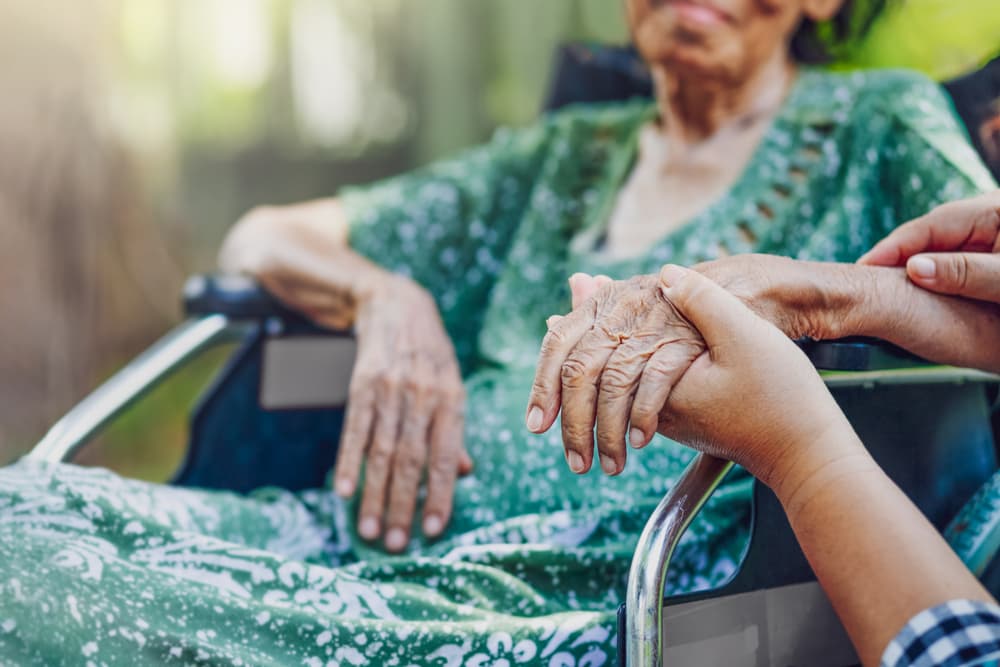Comorbidities, prolonged hospitalisation, inappropriate medicines, polypharmacy, and parenteral medicines being prescribed contribute to increased expenditure on drugs in elderly patients, according to a study. The study titled ‘Pharmacoeconomics of medicines used for geriatric individuals in a tertiary care hospital in Delhi’, published in the Indian Journal of Medical Research (IJMR) in February, stressed the need for framing a drug policy for them along with surveillance on spending on prescribed medicines in view of the rising number of geriatric inpatients.
The hospital-based observational study, which included 1,000 geriatric inpatients aged 60 years and above, was conducted in the Department of Medicine and Pharmacology, Maulana Azad Medical College and associated Lok Nayak Hospital, New Delhi.Data were collected regarding demographic characteristics, prescribed medicines, expenditure incurred on medicines, appropriateness of medicines prescribed and adverse drug reactions (ADRs).
Geriatric inpatients comprised 41.3 per cent of the total individuals admitted in the ward during the study period.A total of 8,366 medicines were prescribed in 127 formulations. The total expenditure on prescribed medicines was Rs 1,087,175 with a per capita expenditure of Rs 1,087.Parenteral medicines accounted for 91 per cent of the expenditure on medicines.Maximum expenditure (70 per cent) was incurred on 11.9 per cent of the medicines prescribed. The per capita expenditure was significantly higher in individuals with comorbidities and those who had a longer duration of hospital stay, the study found.
About 28.1 per cent prescriptions were inappropriate. Also ADRs (140) were observed in 139 (13.9 per cent) inpatients. Individuals with inappropriate medicines prescriptions and ADRs had a longer duration of hospital stay and more number of medicines prescribed, the study stated.
Also Read: Which Factors Should Be Considered When Choosing Senior Citizen Health Insurance?
The researchers emphasised that specific policies for healthcare, including medicines, are needed for the elderly. In this study, since most of the medicines were provided free by the hospital, the out of pocket (OOP) expenditure was fairly low (5.75 per cent) compared to that of some international studies where OOP expenditure on prescription medicines was higher (18 per cent), they said. Individuals with gastrointestinal disorders had the highest per capita expenditure on medicines followed by those with genito-urinary disorders.
The National Health Policy 2017 recognised the healthcare needs of the rural geriatric population and specified that primary healthcare should include geriatric care. Both the central and state governments have started social insurance schemes and government-based voluntary insurance schemes, the researchers said.
The world’s largest social insurance launched by the Government of India as part of Ayushman Bharat is Pradhan Mantri Jan Arogya Yojana in 2018. In this scheme, all families belonging to the poorest, lowest 40 per cent of the population are eligible to get a benefit of up to Rs five lakh each family per year for secondary and tertiary care.
Ayushman Bharat replaced two earlier schemes: the centrally funded Rashtriya Swasthya Bima Yojana and the Senior Citizens Health Insurance Scheme (2016). The disaggregated data about these and other social insurance schemes, especially with regard to the geriatric population, are not available, they said.They stated that in the absence of data, it is difficult to comment on the impact of the benefits of these schemes on the geriatric population.
“What is available is that the households’ share, including insurance contributions, constitutes 71 per cent (Rs 320,262 crore) of the current health expenditure (CHE) share. Moreover, the total pharmaceutical expenditure is 37.9 per cent of the CHE,” they said.
Also Read: Samarth Vriddha Sewa Ashram Yojana: All You Need To Know
“In view of the above, a multi-pronged strategy is required to take care of the health and, specifically, medicine needs of geriatric patients. Financial aid through enhanced pension schemes, social insurance schemes, access to low cost, quality essential medicines is one such multi-component approach.A drug policy specifically focusing on geriatric pharmacotherapy would take care of the medicine needs as well as costs for the rising number of geriatric individuals,” the researchers said.
The researchers recommended a drug policy with special considerations for geriatric individuals be formulated, healthcare providers be made aware of rational prescribing for the elderly, a system for monitoring drug use with an economic assessment of the same be put in place in the public health systems and pharmacovigilance for monitoring of ADRs in the elderly.
As per census 2011, India is home to almost 100 million people over 60 years comprising the geriatric age.The share of India’s geriatric population is projected to increase to 19 per cent of the global geriatric population by 2050, almost 300 million in number according to the United Nations Population Division. Most patients in this age group have comorbidities requiring multiple medicines, the study said.
Healthcare costs are of particular concern for the elderly population who may be economically dependent and physically less able. It has been estimated that the healthcare costs alone put approximately 63 million people at risk of poverty every year. It has been observed that households with elderly family members spend 3.8 times more on health than families with no elderly persons.It has been projected that by 2030, 45 per cent of healthcare burden will be borne by the elderly in India.




